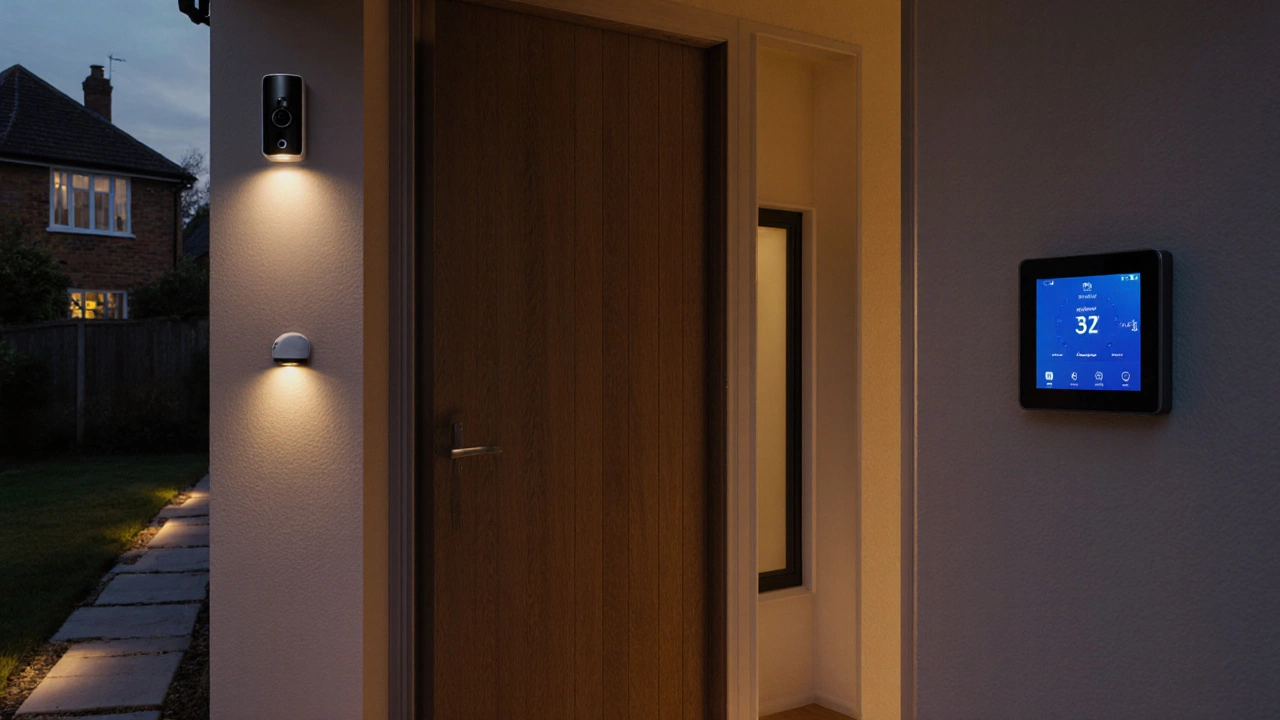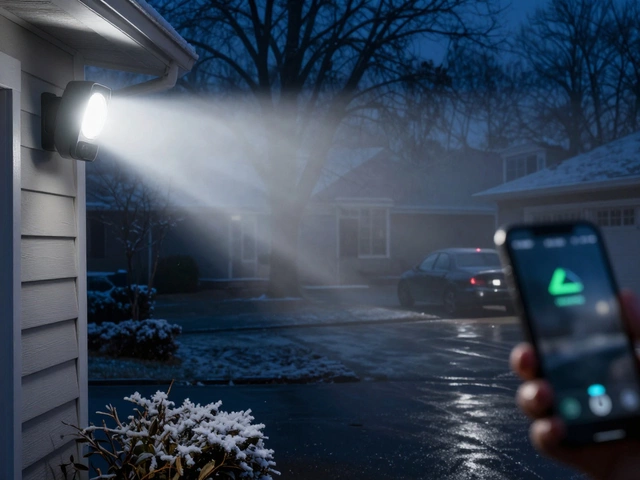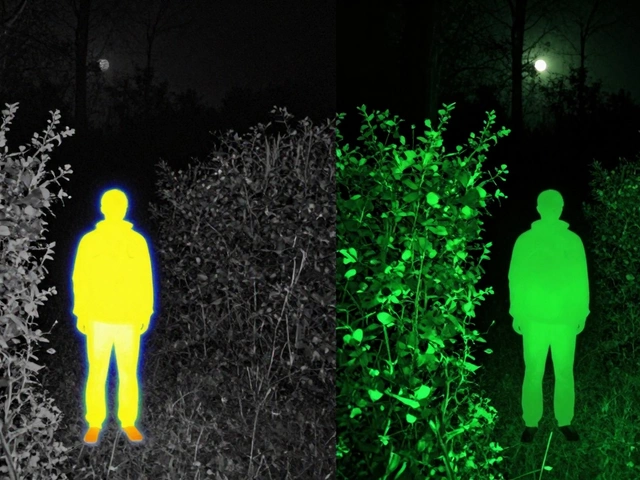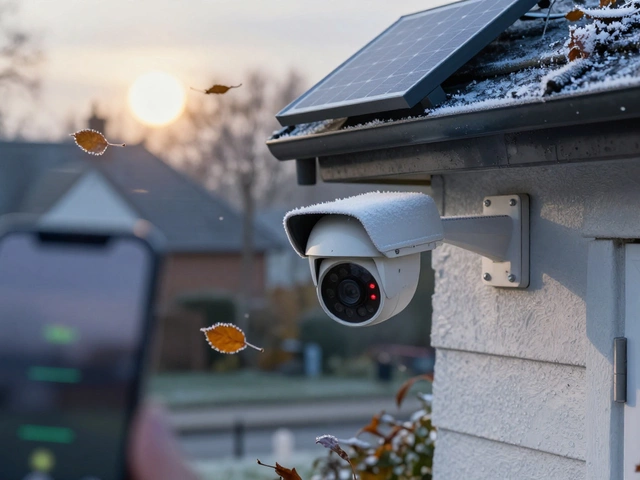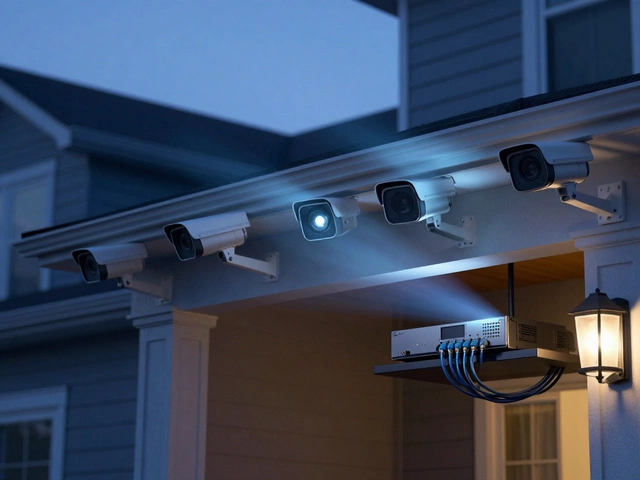Smart Home ROI Calculator
Calculate Your Smart Home Value Boost
Based on 2024-2025 market data from Rentastic, Realtor.com, and CEDIA
Results
Important: Smart home value impact varies significantly by location. In markets like Arlington, TX, smart homes may sell for 40% less than non-smart homes. Professional installation is crucial for maximum ROI.
When you’re selling a home in 2025, buyers aren’t just asking about square footage or the age of the roof. They’re asking if the thermostat learns your schedule, if the front door locks itself when you leave, and if the lights turn on automatically when you walk in. Smart home technology is no longer a luxury-it’s becoming a baseline expectation. And yes, it can increase your property value. But not always. And not every device adds the same amount.
Smart Home Features That Actually Move the Needle
Not all smart gadgets are created equal when it comes to resale value. Some add real money to your asking price. Others? They’re just expensive decorations.
According to 2024 data from Rentastic and the National Association of Realtors, the top three features that boost property value are:
- Smart security systems (door locks, cameras, alarms): +1-2%
- Smart thermostats (Nest, Ecobee): +1-2%
- Smart lighting (Lutron, Philips Hue): +0.5-1%
These aren’t just flashy add-ons-they solve real problems. Buyers want to know their home is secure without needing to check five apps. They want to save on energy bills without fiddling with manual settings. And they want to walk into a house that feels like it “knows” them.
Smart appliances like refrigerators or ovens? They add almost nothing unless you’re selling a luxury home over $1 million. In homes under $500,000, a $2,000 smart fridge won’t get you back $500 in resale value. But a $400 smart thermostat? That’s a different story. It cuts heating and cooling costs by 8-12%, and buyers notice that on their utility bills.
Location Matters More Than You Think
Smart home tech doesn’t add value the same way everywhere. In Bristol, London, or Manchester, where tech-savvy buyers dominate the market, smart features can push prices up by 3-5%. But in smaller towns or areas where older buyers still prefer traditional homes, the premium might be zero-or even negative.
Real estate data from 2024 shows stark contrasts:
- In Philadelphia, smart homes sold for an average of $1.56 million vs. $365,000 for non-smart homes.
- In Arlington, Texas, non-smart homes sold for 40% more than smart ones.
- In Los Angeles, smart homes commanded $1.82 million on average vs. $980,000 for non-smart.
Why the difference? It’s not about the devices. It’s about buyer expectations. In markets with high median prices ($750,000+), 78% of homes include smart features. Buyers there assume they’re included. In lower-priced markets, they’re still seen as optional extras.
If you’re in a competitive urban market, skipping smart tech could cost you. Redfin’s 2025 report found that homes without basic smart features are starting to sit longer on the market-and sometimes sell for 2-3% less than comparable homes with them.
Professional Installation Beats DIY
Buying a Ring doorbell off Amazon and plugging it in isn’t the same as having a full, integrated smart home system. There’s a big difference between a collection of gadgets and a seamless ecosystem.
Professionally installed systems using open standards like Matter 1.3 and Zigbee 3.0 are far more valuable. Why? Because they work together. They’re future-proof. And they’re easier to hand off to a new owner.
A 2024 CEDIA report found that professionally integrated systems add up to 8% in luxury markets, while DIY setups only add 2-3%. That’s because buyers fear broken tech. If the smart hub from 2020 no longer connects to the new app in 2025, they’ll assume the whole system is outdated-and they’ll factor in the cost to fix it.
One real estate agent in Houston told a story about a listing where the seller had installed five different smart brands. The buyer’s inspector flagged them as incompatible. The seller ended up spending $2,000 removing the systems before closing. That’s not an upgrade. That’s a liability.

Smart Security Is the Biggest Value Driver
Among all smart features, security is the most persuasive. It’s not just about cameras and alarms-it’s about peace of mind.
According to a 2024 Samsung survey of 2,000 UK buyers, 79% said they’d pay more for a home with smart security. That’s higher than any other feature. Why? Because theft, break-ins, and insurance claims are real fears. A smart lock that logs who comes and goes, a doorbell camera that sends alerts to your phone, and motion-sensing lights that deter intruders? These aren’t just convenient. They’re reassuring.
Real estate videos now routinely highlight security features. A Tubefilter analysis found that mentions of smart security in home tour videos jumped from 12% in 2021 to 68% in 2024. Buyers aren’t just watching-they’re comparing. They’re asking: “Does this house have the same security as the one I saw last week?”
And it’s not just about crime. Insurance companies are starting to offer discounts for homes with smart alarms and water leak detectors. That’s real money saved-and it shows up in the buyer’s monthly budget.
Cost vs. Return: Is It Worth It?
Installing a full smart home system can cost anywhere from $1,500 to $25,000. So how do you know if it’s worth the investment?
Here’s the simple rule: Focus on features that save money or reduce risk.
- Smart thermostat: $250-$400 → saves $150-$300/year on energy → pays for itself in under 2 years
- Smart locks: $150-$300 each → reduces risk of lockouts and break-ins → increases buyer confidence
- Smart water shutoff: $500-$1,000 → prevents $20,000+ water damage claims → huge selling point
- Smart lighting: $300-$1,000 → lowers electricity use → adds subtle appeal
Don’t waste money on smart fridges, robotic vacuums, or voice-controlled coffee makers. Those don’t increase value. They just make your home look like a tech demo.
And if you’re planning to sell within 1-2 years, stick to the basics. A smart thermostat and a few smart locks are enough to make your home stand out without breaking the bank.
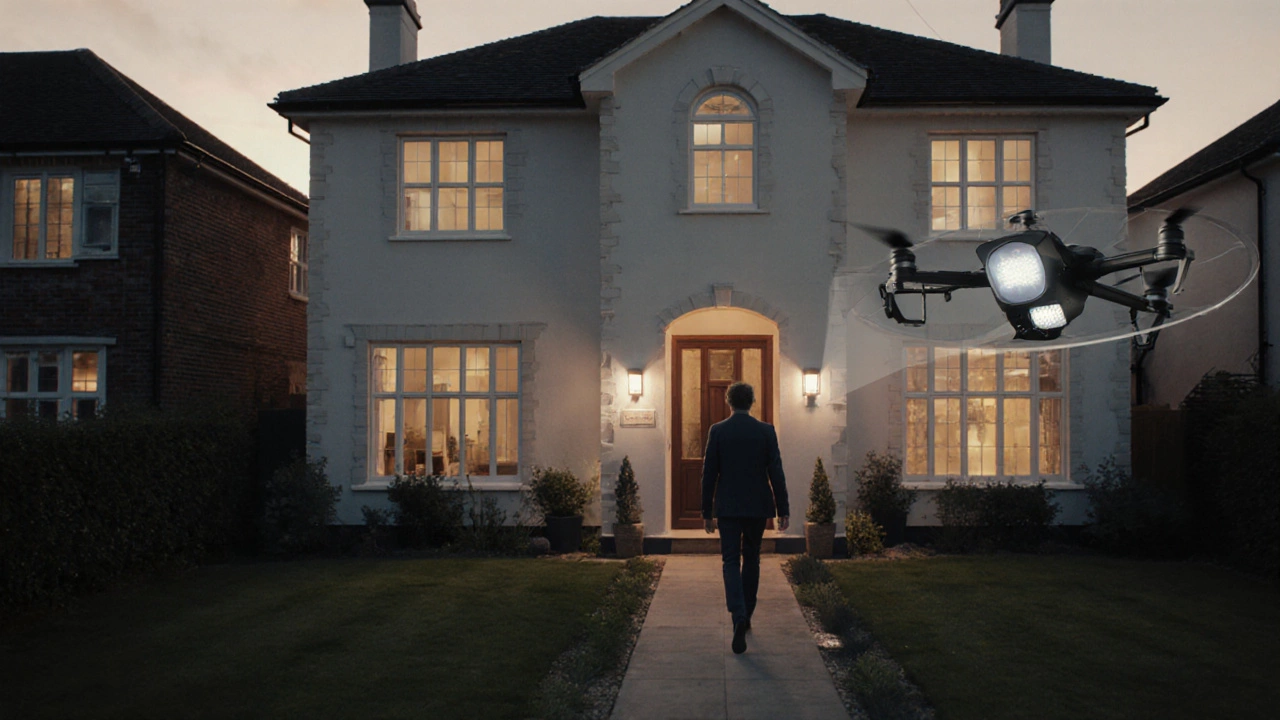
What Happens If You Don’t Upgrade?
Here’s the scary part: In five years, not having smart home tech might hurt your home’s value more than having outdated appliances.
JLL’s April 2025 report predicts that by 2028, homes without basic smart features could be valued 2-3% lower in major UK and US markets. Why? Because buyers will assume they’re older, less efficient, or poorly maintained.
California already requires smart thermostats in new homes as of 2023. Other states are following. In the UK, energy efficiency standards are tightening. Buyers will soon expect homes to be smart by default-just like they expect double glazing or insulation.
If you’re holding onto a home without any smart features, you’re not just missing out on a premium. You’re risking being left behind as the market evolves.
What Buyers Really Want
It’s not about having the most gadgets. It’s about having a system that works.
Buyers don’t care if you have 10 different apps. They want one app that controls everything. They want to know their home is secure without having to think about it. They want to save money without changing their habits.
That’s why the most successful smart homes in 2025 are the ones that feel invisible. The lights turn on naturally. The temperature adjusts without being asked. The door locks itself when you leave. It just works.
And that’s what buyers are willing to pay for-not the brand names, not the specs, but the feeling that the house is smart enough to take care of them.

